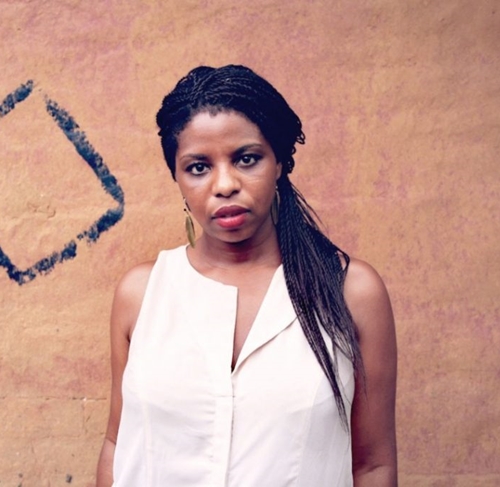
Zina Saro-Wiwa
New York-based Nigerian artist, Zina Sari-Wiwa, has finally opened up on her father's execution in the hands of former military dictator, Gen. Sani Abacha. While speaking in an exclusive interview with Frieze, a UK magazine, Zina Saro-Wiwa, the daughter of late Nigerian playwright and Ogoni activist, Ken Saro-Wiwa, disclosed that she was unable to mourn her father, until 10 years after his execution.
Recall that environmentalist, Ken Saro-Wiwa was hanged in 1995 for his alleged involvement in the murder of four Ogoni chiefs under the regime of late military dictator, Sani Abachi.
According to TheCable, Zina who is a New York-based artist, said that her father’s death came as a rude shock, forcing her to cut off all ties with anything that reminded her of him.
She added that her decision to produce a documentary about her father’s legacy sent her on a journey of recovery, which helped her to come to terms with his death.
“I didn’t move into art consciously. It proved to be the only strategy that allowed me to deal with what had happened to me and my family and Nigeria,” she told the magazine.
“For 10 years after my father’s execution, I hadn’t really mourned him and chose to cut myself off from anything that surrounded his legacy, as there seemed to be no real space for me within it. He became an international symbol, rather than my father.
“When I was ready to deal with it I thought that making a documentary about him would be the way for me to reclaim some of his memory and to forge a connection with Nigeria.
“But every time I went to a pitching meeting at a production company I would break down sobbing. I eventually made a video that dealt directly with my inability to mourn my father’s death: Sarogua Morning (2011).
“It was a video performance where I shaved my head and forced myself to cry and mourn in front of the camera. That was the film I needed to make. Not a documentary. This work gave me agency, resilience. It made me research mourning cultures around the world and in Ogoniland.
“It made me think about the relationship between performance and catharsis; it commented on the gap between the public and private sphere when it came to mourning his death. It was also painful and very hard work.
“But I could reframe history and emotion and connect them any way I wanted to through this device. Art was and is a gift.”
No comments:
Post a Comment